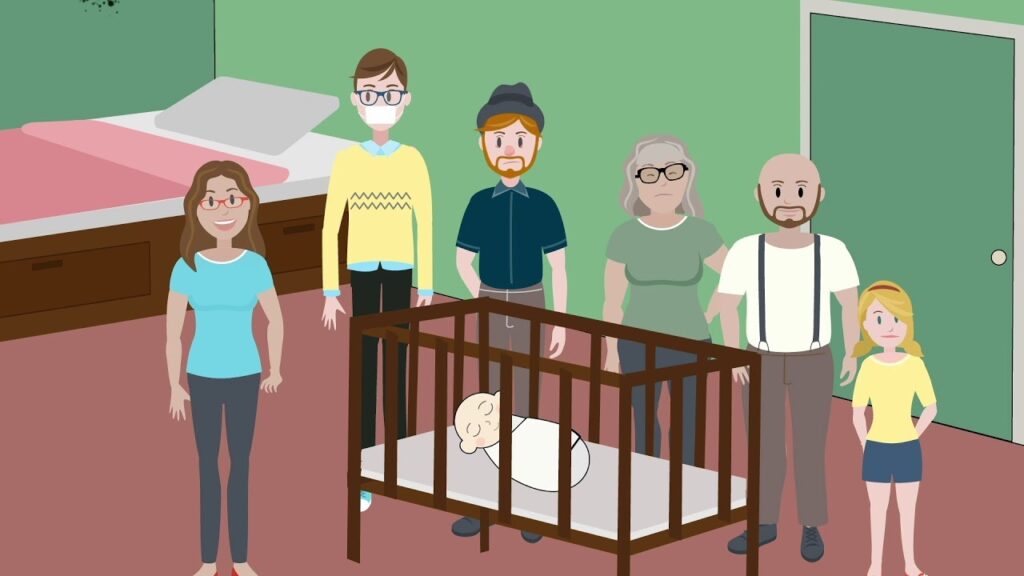“Mold and Health
If your home smells like mold or has a water problem that causes mold to keep growing back, it could affect your health.
Mold is linked to specific health conditions, such as asthma and respiratory infections.
It is also linked to symptoms like a stuffy nose, wheezing, and red or itchy eyes or skin.
Mold can affect the health of different groups of people in different ways.
Some people are more sensitive to mold, including infants, young children, elderly people, and people with weakened immune systems.
Other people who may be sensitive are those with allergies, asthma, or other health conditions.
If you or your family are experiencing health problems related to mold, you should see a healthcare provider and tell them about the mold.
The mold problem needs to be fixed as well.
For more information, see the next videos in this series.
Visit the California Department of Public Health’s website, cdph.ca.gov/mold, for information about mold in the home.
Video
About
Series: “The Mold in the Home Video Series is created by the Environmental Health Investigations Branch of the California Department of Public Health. It is designed to answer basic questions about mold in the home using plain language in English and Spanish.”
This Video: “A second animated video in the 6-part Mold in the Home video series. It explains that mold is linked to specific health conditions and symptoms. It includes the types of people who are most sensitive to mold.”
Produced and published by the Environmental Health Investigations Branch of the California Department of Public Health (CDPH). Originally published November 23, 2020.


